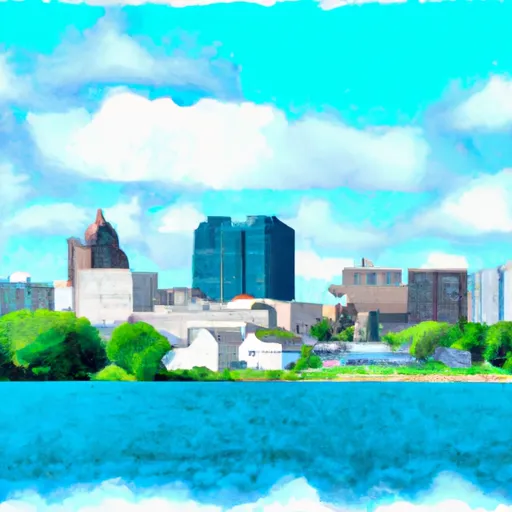°F
°F
mph
Windspeed
%
Humidity











Williams Bay is a charming village located in Walworth County, Wisconsin. Known for its scenic beauty and serene environment, the climate in Williams Bay is influenced by its proximity to Lake Geneva. Summers are typically warm and humid, with temperatures averaging in the mid-70s to mid-80s Fahrenheit. Winters are cold and snowy, with temperatures averaging in the mid-20s to mid-30s Fahrenheit.
Hydrology in Williams Bay is primarily shaped by its proximity to Lake Geneva. The village is situated on the northeastern shore of the lake, offering residents and visitors stunning views and access to various water-related activities. The lake is surrounded by rolling hills and forests, providing ample opportunities for outdoor recreation.
Outdoor enthusiasts can enjoy a wide range of activities in Williams Bay and its surrounding areas. Lake Geneva offers excellent opportunities for boating, fishing, swimming, and water sports. The lake also provides ideal conditions for sailing, attracting enthusiasts from around the region. Additionally, the surrounding forests and parks offer hiking and biking trails, perfect for exploring the area's natural beauty. Whether it's enjoying the water or exploring the outdoors, Williams Bay offers a diverse range of recreational opportunities for nature lovers.
Weather Forecast
Williams-Bay receives approximately 930mm of rain per year, with humidity levels near 84% and air temperatures averaging around 9°C. Williams-Bay has a plant hardyness factor of 5, meaning plants and agriculture in this region thrive during a short period during spring and early summer. Most plants will die off during the colder winter months.
Regional Streamflow Levels
6,600
Cubic Feet Per Second
23
Cubic Feet Per Second
17
Cubic Feet Per Second
3
Cubic Feet Per Second
Nearby Camping
| Camping Area | Reservations | Toilets | Showers |
|---|---|---|---|
| Gibson City Park | |||
| Gratiot River County Park | |||
| Moraine View State Park | |||
| South City (Gibson) Park | |||
| Charley Brown City Park | |||
| Sam Dale Lake Conservation Area |



